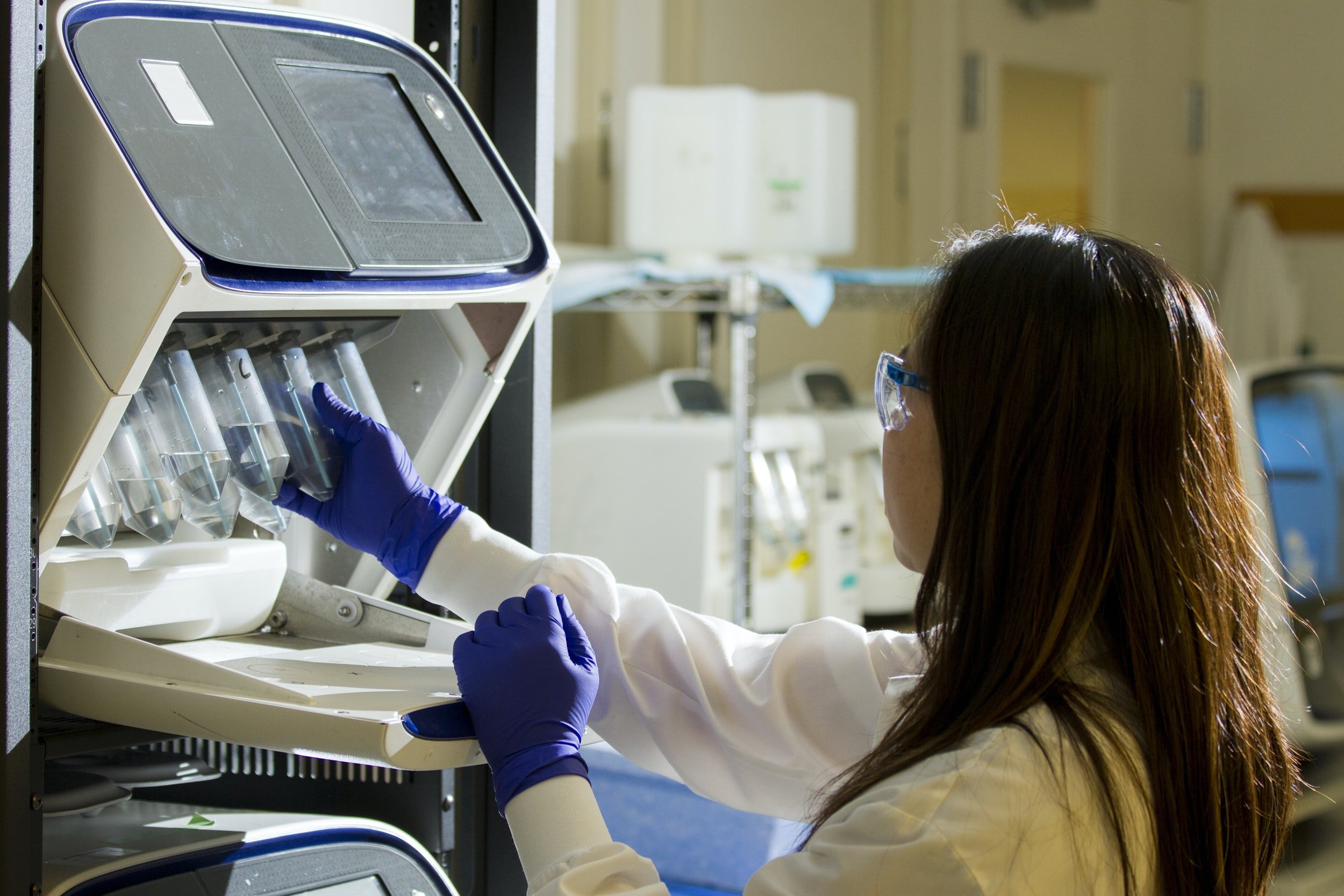
Save-A-Life Rescue Device
What is the Save-A-Life Rescue Device?
The Save-A-Life (SAL) choking rescue device is currently in development. It is a patented design intended to be safe and easy to use for removing a lodged mass, or bolus, from the throat of a choking victim. The device includes a pump for creating negative pressure in a chamber which is connected seamlessly with a replaceable/disposable mouthpiece. In an emergency the SAL may be easily inserted into the victim’s mouth, which depresses the tongue providing a clear, trauma-free application.
By pressing a button on the device, SAL will deliver the appropriate amount of instantaneous vacuum to dislodge the mass in the throat without harm or damage to the victim. The application is instantly effective, as the device is operational in a matter of seconds.
The Company believes that once FDA approved, its anti-choking device will quickly become the “accepted” standard and leader in the treatment of choking incidents globally. The Company’s anti-choking device is being designed to quickly, safely, and economically address a medical situation that occurs often, is indiscriminate of time and place, is complex, time-sensitive, and if treated incorrectly, can cause unintended or unexpected injury and even death.
The Save-A-Life patented technology has a number of advantages, which include the ability for usage on a wide variety of people, designed for use on both adults and children, and remains effective and is able to be used on all sizes and weights.
The Save-A-Life Opportunity
The Company believes the opportunity for success is significant, given the focus on health and safety in the U.S. and most of the modern world. There are approximately 5,000 choking deaths annually in the U.S. 95% of these result from in-home incidents. 56% of these victims are over 74 years in age.
Choking is the 4th leading cause of death in children, and airway obstruction is the leading cause of unintentional injury-related deaths under the age of 1 in the United States.
Current choking rescue devices do not address these needs.
Consider, for comparison, carbon monoxide (CO) detectors. The National Fire Protection Organization estimates that during the period 1999-2010 there were, on average, 430 unintentional CO poisoning deaths per year, a number far smaller than choking deaths. Yet, 42% of U.S. (approximately 48 million total) households have working CO detectors.


